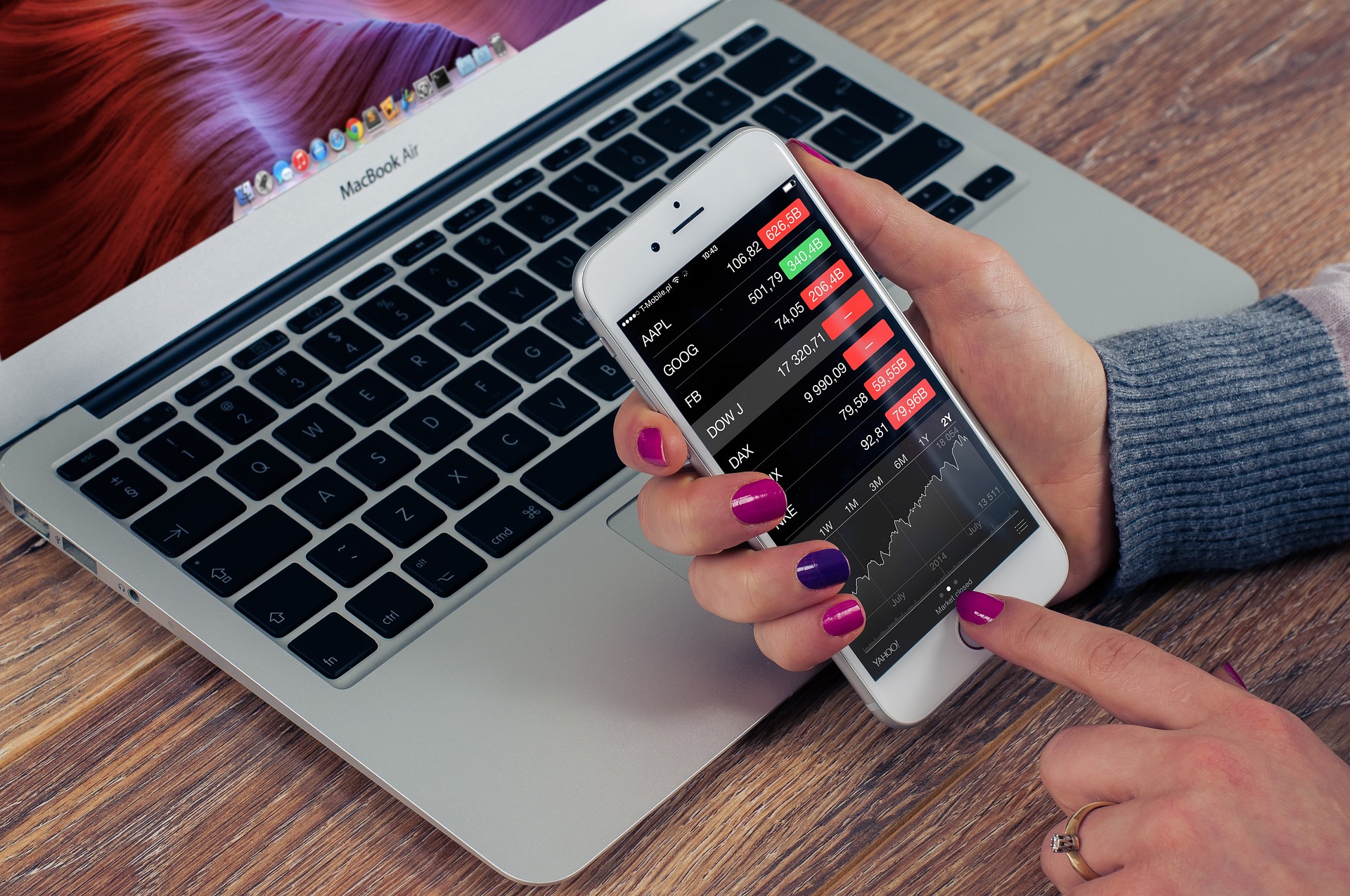Implied Volatility (IV) Is a measure of how much people think the price of a stock or option might change in the future.
Table of Contents
What is Implied volatility
Implied Volatility (IV) Is a measure of how much people think the price of a stock or option might change in the future. It’s like trying to predict the weather – we can look at past data and current conditions, but we can’t know for sure what will happen in the future.
So, when people buy or sell options, they try to estimate how much the price of the underlying stock might change over time. If they think the stock price is going to change a lot, they might be willing to pay more for the option. If they think the stock price is going to change less, they might be willing to pay less for the option.
Implied volatility is a way to measure how much people think the stock price will change. It’s not based on any actual data, but rather on the prices that people are willing to pay for options. If people are willing to pay a lot for an option, that means they think the stock price is going to change a lot, and the implied volatility will be higher. If people are only willing to pay a little for an option, that means they think the stock price is going to change less, and the implied volatility will be lower.
So, implied volatility is like a prediction of how much people think the stock price will change in the future, based on how much they’re willing to pay for options. It’s important to keep in mind that this is just a prediction, and that actual stock prices can be affected by many other factors as well.
Implied volatility with an example
Let’s say there is a company called ABC Ltd, and its stock is currently trading at Rs. 100. An investor thinks that the stock price is going to go up in the next few months, so they want to buy a call option, which gives them the right to buy the stock at a certain price (let’s say Rs. 110) at a later date.
Now, let’s say that the current market price for the call option is Rs. 5. This means that the investor would have to pay Rs. 5 for the option, in addition to the cost of buying the actual stock later on (if they choose to exercise the option).
But why is the call option priced at Rs. 5? This is where implied volatility comes in. The price of the call option is based on a number of factors, including the current stock price, the strike price (Rs. 110), the time to expiration, and the implied volatility.
Let’s say that the implied volatility for this call option is 20%. This means that the market believes there is a 20% chance that the stock price will reach or exceed Rs. 110 by the time the option expires. If the market believed there was a higher chance of this happening (say, 30% or 40%), the price of the call option would be higher, since investors would be willing to pay more for the chance to buy the stock at a lower price.
Open an account with the leading Broker in India and start trading in stocks and options
On the other hand, if the market believed there was a lower chance of this happening (say, 10% or 15%), the price of the call option would be lower, since investors would be less willing to pay for an option that has a lower chance of making a profit.
So, in this example, the implied volatility of 20% is a way to estimate the chances of the stock price reaching or exceeding the strike price of Rs. 110 by the time the option expires, based on the current market price of the call option.
Also read: Moneyness of an Option



Pingback: Option pricing - NSE Options